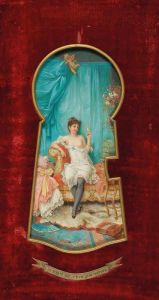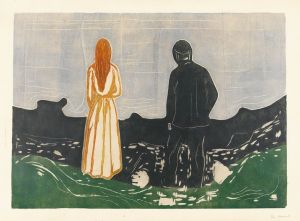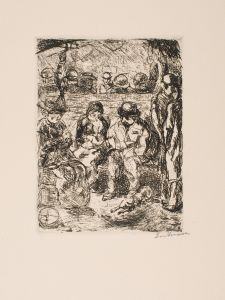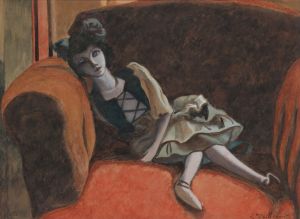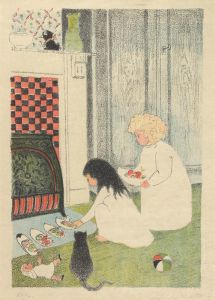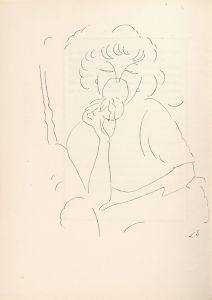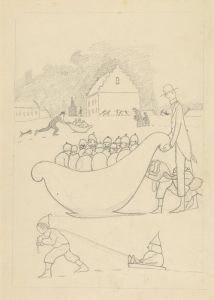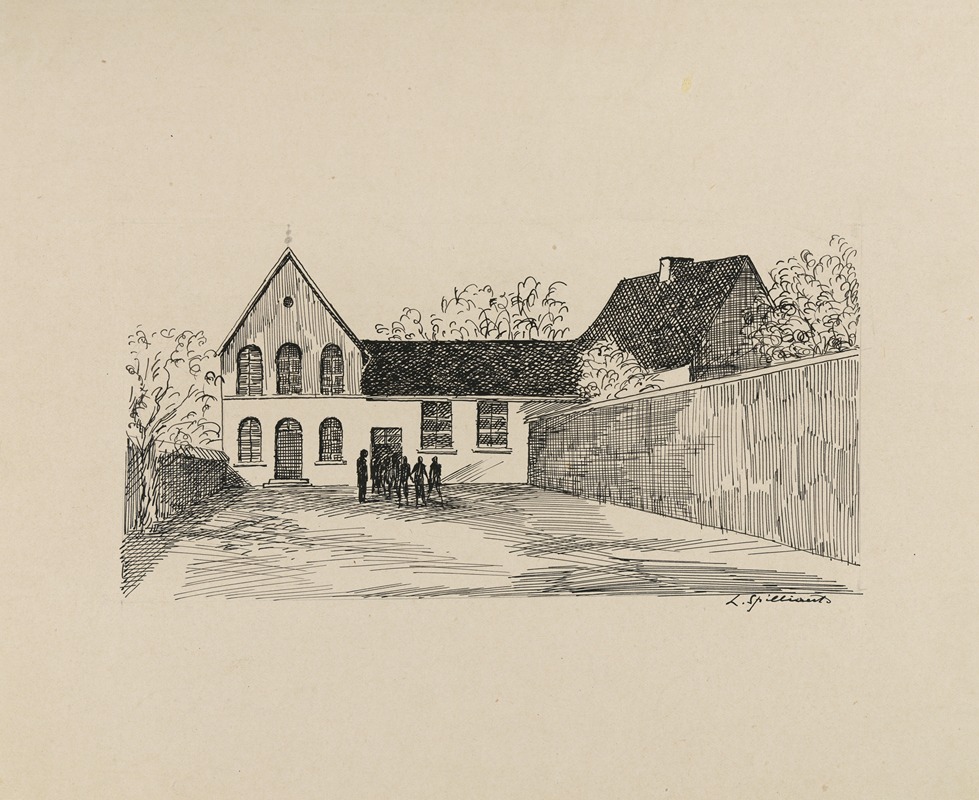
Au temps que Nanette était perdue
A hand-painted replica of Léon Spilliaert’s masterpiece Au temps que Nanette était perdue, meticulously crafted by professional artists to capture the true essence of the original. Each piece is created with museum-quality canvas and rare mineral pigments, carefully painted by experienced artists with delicate brushstrokes and rich, layered colors to perfectly recreate the texture of the original artwork. Unlike machine-printed reproductions, this hand-painted version brings the painting to life, infused with the artist’s emotions and skill in every stroke. Whether for personal collection or home decoration, it instantly elevates the artistic atmosphere of any space.
Léon Spilliaert was a Belgian symbolist painter known for his unique style that often conveyed a sense of mystery and introspection. One of his works, "Au temps que Nanette était perdue," reflects his distinctive approach to art, characterized by a moody atmosphere and a focus on the inner emotional world.
Spilliaert was born in Ostend, Belgium, in 1881, and his coastal hometown had a significant influence on his work. The isolation and vastness of the sea often mirrored the introspective and sometimes melancholic themes in his paintings. Although specific details about "Au temps que Nanette était perdue" are scarce, it is consistent with Spilliaert's broader oeuvre, which frequently explores themes of solitude, existential reflection, and the passage of time.
Spilliaert's work is often associated with symbolism, a movement that sought to express the underlying emotions and ideas through symbolic imagery rather than direct representation. His paintings typically feature stark contrasts, a limited color palette, and an emphasis on shadow and light, creating a haunting and ethereal quality. This style is evident in many of his works, where the use of empty spaces and solitary figures evoke a sense of mystery and introspection.
Throughout his career, Spilliaert was influenced by various artistic movements and figures. He was particularly inspired by the works of Edvard Munch and James Ensor, both of whom shared an interest in exploring the darker aspects of the human psyche. Spilliaert's work also shows the influence of Japanese prints, which can be seen in his use of bold lines and flat areas of color.
Despite his connections to these movements and artists, Spilliaert maintained a unique voice in the art world. His work often defies easy categorization, blending elements of symbolism, expressionism, and even surrealism. This individuality is part of what has made his work enduringly fascinating to art historians and collectors.
"Au temps que Nanette était perdue" fits within this context of Spilliaert's exploration of mood and emotion. While specific interpretations of the painting may vary, it likely reflects the artist's ongoing interest in themes of loss, memory, and the passage of time. The title itself suggests a narrative or a moment in time, inviting viewers to ponder the story behind the image and the emotions it conveys.
Spilliaert's legacy is marked by his ability to capture the intangible aspects of human experience. His work continues to be celebrated for its emotional depth and its ability to evoke a sense of mystery and introspection. Although not as widely known as some of his contemporaries, Spilliaert's paintings have gained increasing recognition in recent years, with exhibitions and retrospectives helping to bring his unique vision to a broader audience.
In summary, while specific details about "Au temps que Nanette était perdue" are limited, it is representative of Léon Spilliaert's broader body of work, characterized by its exploration of mood, emotion, and the human condition. His paintings remain a testament to his skill in capturing the complexities of the inner world, making him a significant figure in the history of modern art.






